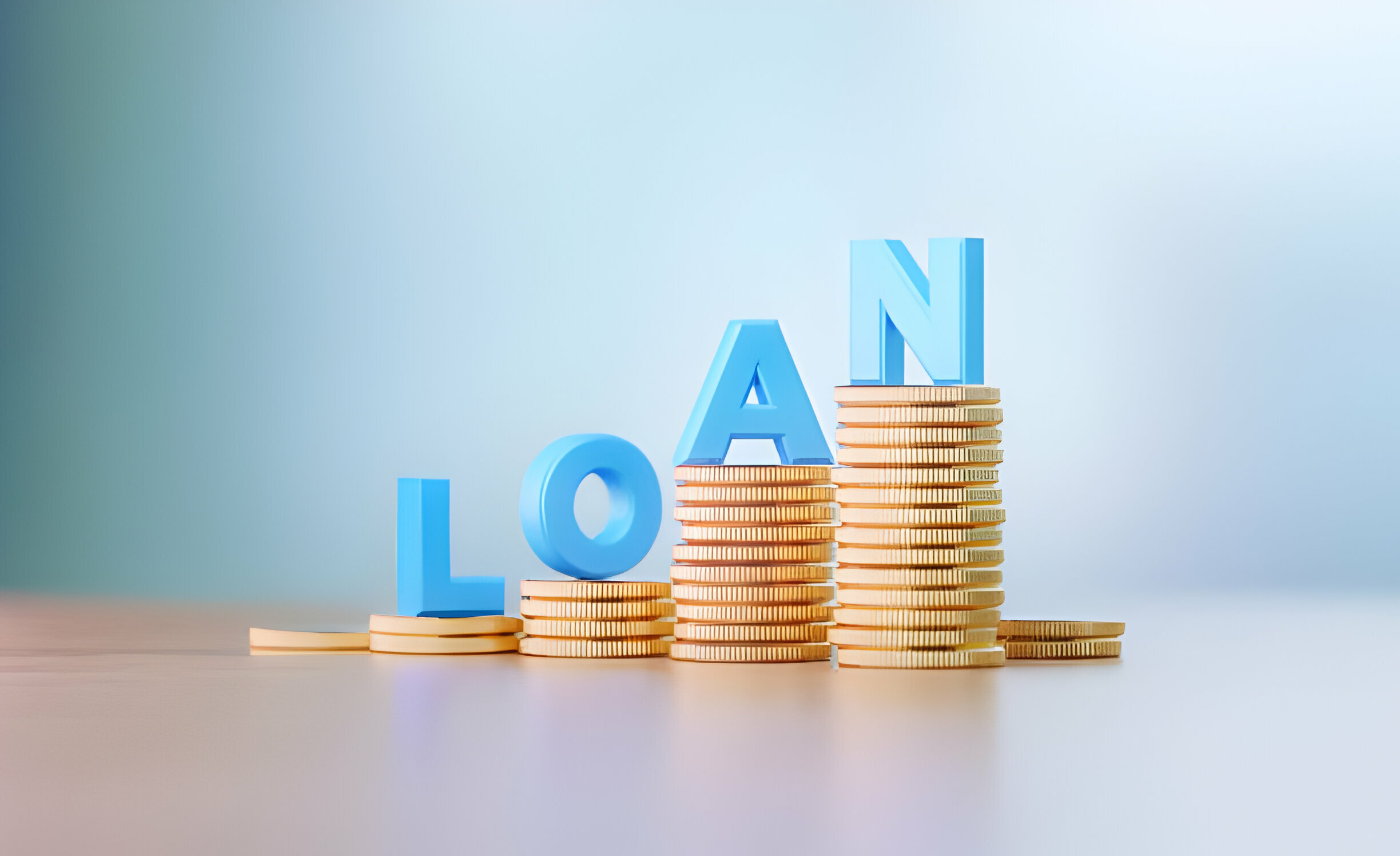If you have upcoming projects, unexpected expenses, or need tuition funds, unsecured loans can be a solution. They don’t require you to pledge collateral, like your home.
While they have simpler qualification and application processes compared to secured loans, keep in mind that lenders might charge higher rates and offer less favourable terms due to the increased risk.
We will guide you through how unsecured loans function and assist you in determining if they suit your needs.
What is an Unsecured Loan?
An unsecured loan, also known as a good faith or signature loan, doesn’t need any collateral from the borrower. Personal loans, student loans, and unsecured credit cards fall into this category.
They are offered by various lenders, including traditional, online, and government-backed ones, with a less strict application process compared to secured loans.
Unlike secured loans, where lenders can seize assets if a borrower defaults, unsecured loans pose more risk. In the absence of collateral, lenders may resort to collection actions like wage garnishment.
To mitigate this risk, lenders often require a higher credit score for unsecured loans, and they come with higher interest rates and less favourable terms than secured loans.
How Does Unsecured Loan Work
Unsecured loans, ranging from $1,000 to $100,000, serve various purposes. Their annual percentage rates (APRs) generally fall between 6% and 36%, with loan terms spanning two to seven years.
Keep in mind that specifics like loan amounts, rates, terms, and allowed uses differ among lenders, so borrowers should explore options that suit their needs.
Many lenders provide online prequalification, enabling rate comparisons without multiple hard credit checks. Depending on the lender, applicants may apply and receive decisions online.
Since unsecured loans don’t require collateral, there’s no need for appraisals or demonstrating asset values.
Once approved, unsecured loan funds are given as a lump sum, and interest starts accruing on the entire amount.
For unsecured credit cards, funds can be used as needed, with interest applying only to the outstanding balance.
Monthly payments are mandatory, usually reported to major credit bureaus, and there’s typically a grace period for reporting late payments.
OTHER EASY WAYS TO APPLY FOR LOANS
- How To Get Personal Loan For Home Improvement
- How To Get Medical Loans in US
- How To Get Student Loan in Canada
- Best Loan Apps To Give You Instant Loans
- Payday Loan – How To Apply
- Emergency Loan | How To Apply And Get Emergency Loan
Types of Unsecured Loans
Unsecured Personal Loans: These loans are commonly used for various personal purposes, such as covering unexpected medical bills, home improvement projects, or travel. Ensure your intended use is allowed by checking with the lender before obtaining the loan.
Personal Lines of Credit
If you have expenses spread over an extended period, like home renovations, a line of credit allows you to access funds as needed. While some lines of credit are secured, many lenders offer unsecured options.
Unsecured Credit Cards
Credit cards provide revolving loans, granting borrowers a spending limit that must be paid down monthly. Although secured credit cards exist, most consumer cards don’t require collateral.
Student Loans
Whether government-backed or private, student loans are unsecured. However, government-backed loans may have specific repayment conditions, including the potential acceleration of the loan and the ability to seize a borrower’s federal tax refund to cover outstanding balances.
How To Apply For Unsecured Loan
Securing an unsecured loan involves a straightforward online application process, but it’s crucial to follow these steps for the best deal:
Check Your Credit Score
Ensure your credit score falls within the range of at least 610 to 640, with the most competitive rates available for a FICO score of 720 or higher. Use a free online service to check and potentially improve your score before applying.
Evaluate Your Budget
Assess your current income and expenses to confirm that new debt payments fit comfortably within your budget. Despite lacking collateral, late payments on unsecured loans can affect your credit score. Lenders also consider your debt-to-income ratio (DTI), with an ideal DTI of 36% or less, though specific requirements vary by lender.
Look for Lenders and Get Prequalified
After organising your finances, start searching for lenders with competitive APRs and flexible repayment terms. Many lenders provide an easy online prequalification process, allowing you to preview potential APRs and loan terms without formally applying.
Collect Necessary Documents
If you’ve identified a promising lender and are prepared to proceed, familiarise yourself with their application process. While not mandatory, gathering required documents such as tax returns or W-2s before applying can expedite the overall application, approval, and funding timeline.
Submit an Official Application
Finally, fill out a loan application and submit it either online or in person. Numerous lenders now offer fully online application processes with rapid approval times and funding on the same or next day. Keep in mind that the specific application procedure may vary by lender, and you might need to discuss your loan with someone via phone or in person.
Conclusion
For more information regarding unsecured loan, you can always read through our well-written articles on this website, and you would be glad you did.



